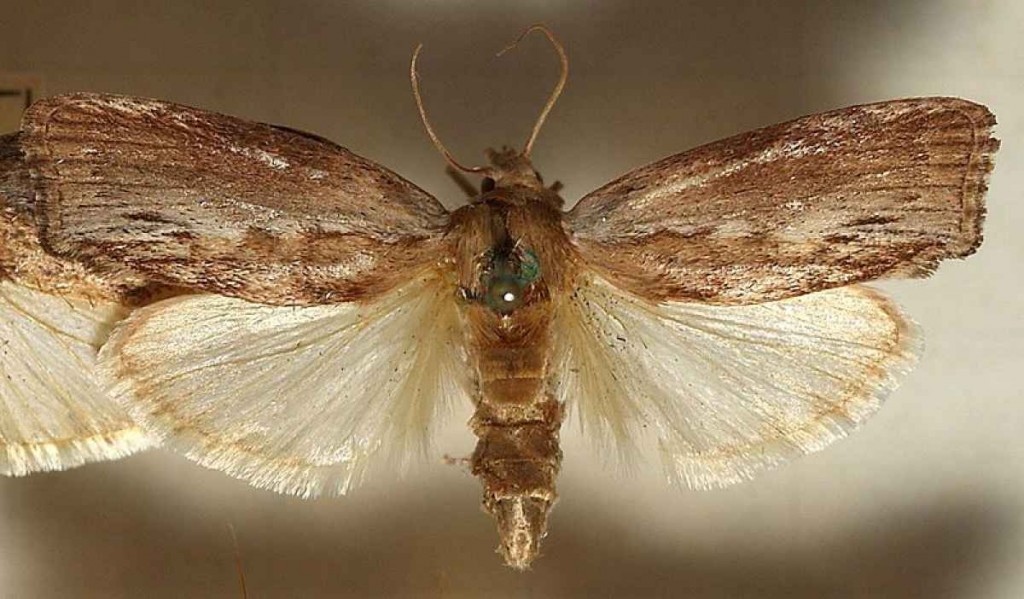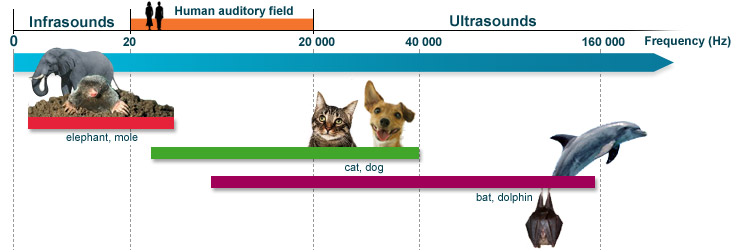Republished by Blog Post Promoter
Slow Life from Daniel Stoupin on Vimeo.
Music, video or voice recordings that relate to Life, Universes and Other Stuff
Republished by Blog Post Promoter
Slow Life from Daniel Stoupin on Vimeo.
Republished by Blog Post Promoter
Republished by Blog Post Promoter
 The bat is the king of extreme hearing in the mammalian world. It uses echolocation, emitting ultrasonic sounds and measuring the length of time before the sounds echo back, in order to locate prey. But it turns out there’s an animal that uses an even more extreme variety of sounds.
The bat is the king of extreme hearing in the mammalian world. It uses echolocation, emitting ultrasonic sounds and measuring the length of time before the sounds echo back, in order to locate prey. But it turns out there’s an animal that uses an even more extreme variety of sounds.
Ultrasound simply refers to a sound that is outside a human’s sonic range–which isn’t that hard, really, as humans have modest auditory abilities. Researchers discovered that the greater wax moth (Galleria mellonella), a dull-colored, generally boring and common moth, has the most extreme hearing sense of any known animal. It’s capable of hearing sounds frequencies of up to 300,000 Hz !
 Human ear frequencies ranging between 20 Hz (lowest pich) and 20,000 Hz (highest pitch). Below 20 Hz (infrasounds), some species as the mole or the elephant are still hearing (they can for instance hear some vibrations from earthquakes). Similarly, lot of mammalian species can hear over 20,000 Hz (ultrasounds). Thus, cats and dogs hear up to 40,000 Hz, and dolphins or bats hear up to 160,000 Hz. The video below demonstrates the human spectrum of hearing.
Human ear frequencies ranging between 20 Hz (lowest pich) and 20,000 Hz (highest pitch). Below 20 Hz (infrasounds), some species as the mole or the elephant are still hearing (they can for instance hear some vibrations from earthquakes). Similarly, lot of mammalian species can hear over 20,000 Hz (ultrasounds). Thus, cats and dogs hear up to 40,000 Hz, and dolphins or bats hear up to 160,000 Hz. The video below demonstrates the human spectrum of hearing.
Here is a comparative chart of hearing for various animals. Porpoises and whales and bats have the most sensitive hearing among mammals.
| Species | Approximate Range (Hz) |
| human | 64-23,000 |
| dog | 67-45,000 |
| cat | 45-64,000 |
| cow | 23-35,000 |
| horse | 55-33,500 |
| sheep | 100-30,000 |
| rabbit | 360-42,000 |
| rat | 200-76,000 |
| mouse | 1,000-91,000 |
| gerbil | 100-60,000 |
| guinea pig | 54-50,000 |
| hedgehog | 250-45,000 |
| raccoon | 100-40,000 |
| ferret | 16-44,000 |
| opossum | 500-64,000 |
| chinchilla | 90-22,800 |
| bat | 2,000-110,000 |
| beluga whale | 1,000-123,000 |
| elephant | 16-12,000 |
| porpoise | 75-150,000 |
| goldfish | 20-3,000 |
| catfish | 50-4,000 |
| tuna | 50-1,100 |
| bullfrog | 100-3,000 |
| tree frog | 50-4,000 |
| canary | 250-8,000 |
| parakeet | 200-8,500 |
| cockatiel | 250-8,000 |
| owl | 200-12,000 |
| chicken | 125-2,000 |
Republished by Blog Post Promoter
It’s like watching ‘Manhattan breaking apart in front of your eyes’, says one of the researchers for filmmaker James Balog. He’s describing the largest iceberg calving ever filmed, as featured in his movie, Chasing Ice. After weeks of waiting, the filmakers witnessed 7.4 cubic km of ice crashing off the Ilulissat glacier in Greenland. Chasing Ice, released in the UK on Friday, follows Balog’s mission to document Arctic ice being melted by climate change.
READ MORE HERE: http://www.wwfblogs.org/climate/content/warmer-ocean-speeding-greenland-glacier-melt
Republished by Blog Post Promoter
Obviously, some very clever biological engineers figured out how to make the incompatible parts of reptiles, mammals and birds with electronic sight function in a single organism some where and some when. They’re also very cute! So, if Earth “scientists” are lying to us about “evolution” what else are they lying about, and why? Read the book Alien Interview to find out.